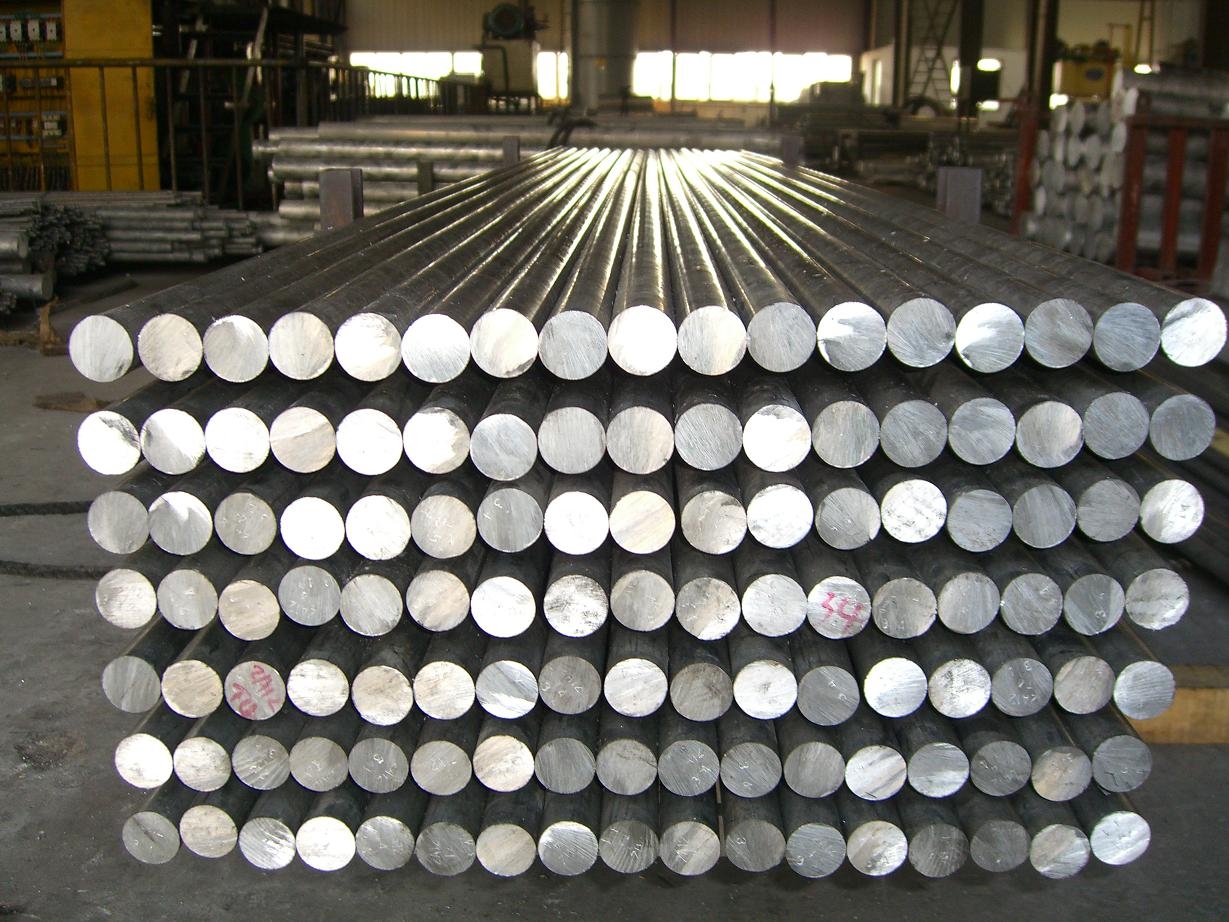
Stainless Steel Material Commonly Used Knowledge Summary
What is stainless steel?
Stainless steel is a type of steel. Steel refers to carbon-containing materials with less than 2% carbon content; those with over 2% are categorized as iron. Stainless steel, often called "stainless," contains alloying elements such as chromium (Cr), nickel (Ni), manganese (Mn), silicon (Si), titanium (Ti), molybdenum (Mo), etc., which enhance its performance and provide corrosion resistance, commonly referred to as stainless.
Why are there different grades of stainless steel?
Stainless steel grades vary based on the types and amounts of alloying elements added during smelting. These variations in composition lead to different properties. To differentiate between these, different stainless steel grades are assigned. Below is a table showing the approximate alloying element content for commonly used stainless steel grades:
Grade Carbon Silicon Manganese Phosphorus Sulfur Chromium Nickel Molybdenum Copper
304 ≤0.08 ≤1.00 ≤2.00 ≤0.045 ≤0.03 18-20 8-10
301 ≤0.15 ≤1.00 ≤2.00 ≤0.045 ≤0.03 16-18 6-8
202 ≤0.15 ≤1.00 7.5-10 ≤0.05 ≤0.03 17-19 4-6
201 ≤0.15 ≤1.00 5.5-7.5 ≤0.05 ≤0.03 16-18 3.5-5.5
What types of stainless steel are less prone to rust?
Factors affecting stainless steel corrosion resistance include alloy composition, manufacturing processes, and environmental conditions. Stainless steels with higher chromium and nickel contents exhibit better corrosion resistance. For example, 304 stainless steel typically contains 18-20% chromium and 8-10% nickel and is resistant to corrosion in various environments.
Is stainless steel non-magnetic? Does slight magnetism indicate it's not 304 stainless steel?
Stainless steel's magnetism is determined by its microstructure. Austenitic stainless steels, like 304, can exhibit slight magnetism due to cold working or other factors. The presence of magnetism does not necessarily indicate the grade of stainless steel. Grades with higher nickel content, such as 304, may exhibit slight magnetism after processing.
Why does stainless steel sometimes rust?
Stainless steel's corrosion resistance relies on a thin, protective chromium oxide layer formed on its surface. Factors such as surface contamination, environmental exposure, and mechanical damage can compromise this layer, leading to localized corrosion or rusting. Common causes of surface damage include exposure to acidic or alkaline substances, organic compounds, and atmospheric pollutants.
How to deal with rust spots on stainless steel?
Rust spots on stainless steel can be treated chemically or mechanically. Chemical methods involve passivating the surface with acid solutions to restore the protective oxide layer. Mechanical methods include abrasive blasting or polishing to remove surface contaminants and restore the original finish. After treatment, it's essential to ensure the surface is thoroughly cleaned and protected to prevent future corrosion.